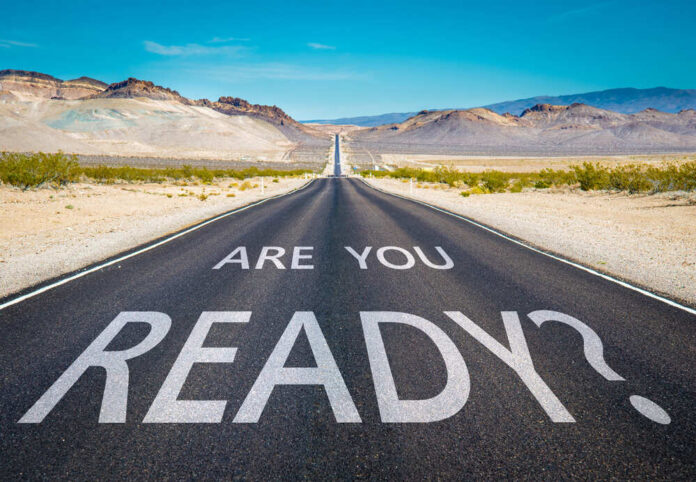
Are you looking to enhance your physical and emotional well-being while preparing for uncertain times? Incorporating regular exercise into your routine can significantly contribute to your overall fitness and ability to handle emergencies.
Meditation: Cultivating Mental Strength for Survival. Meditation offers numerous advantages for survivalists, making it a valuable practice to incorporate into your daily routine. One of its most significant benefits is stress reduction. During SHTF (Sh*t Hits The Fan) scenarios, maintaining a calm and composed mind becomes crucial. Regular meditation sessions can help reduce stress levels, control anxiety, and improve your emotional well-being, allowing you to navigate challenging circumstances more effectively.
Additionally, meditation enhances self-awareness and attention span. These qualities prove invaluable when monitoring potentially hazardous situations during disasters. Morgan Rogue, a renowned survival expert writing for Rogue Preparedness, recommends starting with just five minutes of meditation a day to experience the initial benefits.
Yoga Movements: Cultivating Mindfulness and Flexibility. Dedicating 10 to 20 minutes each day to yoga movements can significantly improve your mindfulness and overall well-being as a prepper. Yoga helps develop your ability to focus on yourself, your surroundings, and your general situation. Similar to meditation, this practice contributes to stress reduction, allowing you to approach challenging scenarios with a clearer mind.
Moreover, yoga enhances flexibility, making you less susceptible to self-inflicted injuries. This becomes especially crucial during emergencies or disasters when immediate access to medical services may be limited. By maintaining flexible muscles, you increase your physical resilience and readiness.
Strength Training: Building Physical Power for Survival. Strengthening your physical capabilities is paramount for preppers. Your strength directly influences your ability to carry gear over long distances, maneuver through dense woods and challenging terrains, and construct shelters efficiently. Fortunately, incorporating strength training into your routine is relatively simple and yields noticeable results.
To start, allocate just five to ten minutes a day to lifting heavy objects. You can even utilize household items, such as one-gallon containers of milk or water, as makeshift weights. Regular strength training sessions will gradually enhance your muscle power and endurance, enabling you to overcome physical obstacles more effectively.
Walking: The Foundation of Fitness and Familiarity. Engaging in regular walks is an essential habit for preppers. By dedicating 20 minutes a few times a week to walking, you establish a foundation of fitness and familiarity with your surroundings. Begin at your own pace, gradually increasing intensity over time to improve your stamina. Aim to reach a point where you experience a slight sweat or an elevated heart rate, indicating a moderate level of exertion.
Experiment with different walking techniques that suit your needs. Consider progressing to jogging or even running to further challenge yourself physically. By doing so, you will not only enhance your overall fitness but also gain invaluable knowledge about the areas in which you live and work. This familiarity can prove indispensable during crisis situations.
Walks with Your Bug-Out Bag: Strengthening Preparedness. Once you have established a routine of regular walks, it’s time to take it up a notch by incorporating your bug-out bag into the exercise. Wearing your bug-out bag during walks may seem unconventional, but it serves multiple purposes. Firstly, it increases your ability to carry the bag for extended periods, ensuring you are prepared for potential emergencies. Secondly, it gradually strengthens your physical capacity, allowing you to handle the weight more effectively over time.
Consider challenging yourself further by embarking on long hikes with your bug-out bag or practicing your bug-out routes while wearing it. This will help you assess the bag’s weight distribution and familiarize yourself with the practical aspects of carrying it in real-life scenarios.
Regardless of the exercise or combination of exercises you choose, the key is to take that first step toward improving your fitness. By incorporating these exercises into your routine, you will enhance your physical and emotional well-being, ensuring you are better prepared to face any challenges that may come your way. Remember, your health and fitness are invaluable assets in times of crisis.














